Workplace safety is a critical aspect that cannot be undermined or overlooked, regardless of the type of job you hold or the industry you operate in. For many budget-conscious workers, especially those in sectors characterized by physical labor and potential risks, finding affordable safety gear without compromising on quality becomes a primary concern. This article attempts to guide such individuals, familiarizing them with essential safety components, their uses, and economical alternatives available in the market. Following this information, we will also provide tips on evaluating safety gear quality followed by adopting strategies to manage budget constraints effectively. Ensuring safety shouldn't be a luxury, and with the right approach, it can be achieved within an affordable range. Are you ready to dive into the world of safety gear? Let's begin!
Importance of Safety Gear
Ensuring safety on the job isn't merely a recommendation - it's a necessity. Whether you're an employer or employee, adhering to safety measures can mean the difference between staying safe and facing unfortunate consequences. One such crucial step towards a safer workplace is the use of adequate safety gear.
Injury Prevention
When it comes to preventing injuries, safety gear plays a paramount role. From a hard hat on a construction site to safety goggles in a laboratory, adequately used safety gear can significantly decrease the chances of workplace injuries. Even when working in tough weather conditions, workers can stay protected when equipped with the right gear like rainwear. Quality rain gear can help to reduce the hazards that come with working in wet and windy climates, preventing slips and falls, thus elevating construction safety. Remember, when it comes to preventing injuries, it's always better to be prepared than to be sorry.
Employer Obligation
Further, it's worth noting that in many cases, employers are legally obliged to ensure that their employees are adequately equipped with necessary safety gear. This isn't just about avoiding legal repercussions; it's about caring for their team and fostering a safe, secure working environment. Employers have a duty to cultivate a culture of safety and prioritize the well-being of every worker above all else.
From providing the right gear for specific jobs to ensuring that all safety procedures are followed, the responsibility lies heavily on the employers' shoulders – and it's one they should carry willingly. For example, in the construction industry, providing waterproof, durable rain gear for their workers should be a 2023 obligatory goal as it's paramount in enhancing safety on rainy work days.
By investing in appropriate safety gear, they're not only meeting their legal requirements but also showing their team that their safety and health are genuinely valued. This small step can yield significant positive effects, enhancing morale, improving productivity, and most importantly, securing the well-being of every team member.
Harnessing the power of adequate safety gear is an essential business strategy for any industry, and it fosters a thriving work community. While it may seem like an insignificant part of the 'big picture, it has far-reaching effects that can shape the very fabric of a prosperous and safe work culture.
Safety Gear Components and Their Uses
In our day-to-day lives, safety gear plays an essential role in protecting us from accidents, especially in the workplace. Whether it's a construction site, a scientific lab, or a home renovation project, having the right equipment is crucial to maintain the safety and well-being of the individuals involved. Let's take a closer look at the different safety gear components and their uses.
Affordable Safety Gear Options
When it comes to personal safety, there's no room for compromise. Investing in top-quality safety gear saves lives and prevents bodily harm. However, the perception that safety equipment is expensive can make individuals and companies reluctant to make these essential purchases. This section dismantles the myth of high costs by suggesting several affordable options available on the market today. These include helmets, safety goggles, protective clothing, gloves, and safety shoes.
Helmets
The first line of defense against head injuries, helmets are a safety gear staple. You can find an array of budget-friendly helmets offering optimum protection. For instance, look for helmets made from high-density polyethylene (HDPE). They offer a fantastic balance between comfort, durability, and affordability.
Safety Goggles
Eye injuries can be severe, and preventative measures significantly reduce risk. High-quality safety goggles are available at pocket-friendly rates, and they provide necessary protections against chemical splashes, flying particles, and harmful radiation.
Protective Clothing
Without the need to break the bank, you can secure your safety with economically-priced protective clothing. For a broad range of situations where protective clothing is necessary, comfortable and effective options are available. For example, our guide on Affordable Rain Gear Options will provide insight into budget-friendly weather-resistant workwear.
Safety Shoes
Safety shoes serve on two fronts. They protect against foot injuries and offer slip resistance in precarious environments. A careful market study can reveal a variety of good-quality safety shoes that combine both these features at a reasonable price point.
Gloves
Hands are the most used physical asset at any job; hence protecting them is crucial. Investing in robust yet affordable gloves can avert the risks of cuts, burns, chemical injuries, and other manual work risks.
In a nutshell, the market offers numerous affordable options for each type of safety gear component. It is about knowing what to look for and where to find it. Safety should always be the first priority, and as illustrated, it is possible to achieve without sacrificing financial wellbeing.
Evaluating Safety Gear Quality
Quality is not a factor to compromise when it comes to safety gear. The materials used, the comfort they provide, their durability, and certifications they hold are aspects you should never overlook. In considering all these things, you can confidently secure your safety without straining your budget.
Material
The construction material is a significant variable when examining the quality of safety gear. A good material should manage to offer optimal protection while maintaining a reasonable price range. It is worth noting that not all materials provide the same degree of protection. For instance, some excel in resisting heat while others offer better electrical insulation. It pays to know the specifics and choose your gear based on the safety requirements of your line of work.
Certifications
Certifications are also a crucial determinant of your safety gear's quality. They're proof that the gear has met or exceeded certain safety standards set by recognized authorities. Bear in mind, though, that certifications can vary per region. For instance, North American and European standards may differ. Make sure you pick gear that is certified according to the appropriate standards for your region and industry. This way, you can have a piece of mind that your gear will provide the protection you need.
Comfort
Never overlook comfort when assessing safety gear. Comfortable safety gear enables wearers to move freely and conveniently, therefore enhancing productivity. For instance, gear with adjustable features allows for a perfect fit, which is crucial during long work hours. Furthermore, a piece of comfortable safety gear ensures that you'll be more likely to wear it regularly, enhancing your overall safety.
Durability
Lastly, the durability of your safety equipment is of utmost importance. With regular wear and exposure to harsh conditions, safety gear tends to wear out over time. Look for gear that's resilient and designed to last, integrating elements like reinforced seams and UV stabilization.
When contemplating durable gear, our article on Choosing the Right Rain Gear provides a more in-depth analysis on what to look for in terms of resilience in wet weather gear. Indeed, durability coupled with the other aforementioned factors can significantly contribute to the quality of your safety gear.
Remember, quality safety gear is more than a simple purchase. It’s an investment in your health and safety. Therefore, it justifies paying attention to the details mentioned above before making a decision.
Adapting to Budget Constraints
Equipment purchasing, particularly when it's safety gear, often gets expensive. From hard hats and fire-resistant clothing to safety glasses and footwear, there's a wealth of essential protective gear that industries and workers alike need to invest in. However, the budget is nearly always a constraint. Tight finances can leave you overwhelmed, especially when you have stringent safety standards to meet while providing optimal conditions for employee protection. Yet, there are strategies you can use to acquire the necessary safety gear without breaking the bank. Let us delve into a few of these budget-friendly tactics.
Buying Used Gear
One highly effective strategy is to look for reliable used safety gear. Yes, the idea of buying second-hand might trigger safety concerns, but as long as the gear meets the current safety standard regulations, rest assured that it will serve its purpose. In particular, lookout for:
- Gear that comes with a documented safety check
- Equipment without any visible signs of damage
- Items from reputable suppliers who provide guarantees
Group Purchases
Additionally, consider harnessing the power of bulk buying. If you work as a group or team, making group purchases can render surprisingly significant savings. Distributors often offer discounts for buying in bulk, and by grouping orders for safety gear together, you can capitalize on these savings. Conduct a thorough requirement analysis, pool in collective needs and optimize your order to take advantage of the potential price reductions.
Long-Term Investment
Investing in safety gear should also be viewed from a long-term perspective. Rather than persistently buying and replacing cheaper items, consider these safety equipment pieces as long-term capital assets. In essence, paying a little extra for quality gear can save you money in the long run, as superior products tend to have greater longevity. Plus, high-quality safety gear can contribute to minimizing workplace accidents, which, in turn, can lead to lower insurance premiums.
The ability to adapt to budget constraints without compromising safety requires careful planning, strategic buying, and a commitment to prioritizing value over cost. It is indeed possible to save on safety gear by buying used, making group purchases, and viewing this equipment as a long-term investment. Over time, these practical strategies help ensure your workers are well protected without imposing an overwhelming fiscal burden on your budget. With these tactics, you effectively safeguard your greatest asset - your workforce - while keeping a prudent eye on the budget.
Conclusion
Whether you're an employer seeking to reinforce safety in your workplace, an employee looking to protect yourself, or simply a budget-conscious consumer, investing in safety gear is non-negotiable. Cutting corners on safety can lead to dire consequences in occupations involving manual labor. However, we've demonstrated that you don't necessarily have to break the bank to keep safety a top priority.
Considering used gear, making group purchases, and viewing safety gear as a long-term investment are all viable ways of adapting to budget constraints. Nonetheless, while affordability is important, never compromise on quality. Remember to always scrutinize the gear material, its certifications, comfort, and durability.
And if you're in the market for protective clothing, you might want to consider our chainsaw safety pants at Rain Gear Pro. Skillfully crafted in Canada, they offer unparalleled protection and comfort and are particularly designed to withstand the notorious crotch blowout. Check them out here: Rain Gear Pro's chainsaw safety pants. Happy shopping and stay safe always!
Frequently Asked Questions
-
What are some affordable safety gear options for budget-conscious workers?
Some affordable safety gear options for budget-conscious workers include: 1. Protective eyewear, 2. Earplugs or earmuffs, 3. Reflective vests, 4. Hard hats, and 5. Work gloves.
-
Where can I find affordable safety gear?
You can find affordable safety gear at various places such as online marketplaces like Amazon or eBay, local hardware stores, discount stores, and even second-hand stores or websites.
-
Is it safe to buy second-hand safety gear?
It is generally not recommended to buy second-hand safety gear, as the gear may have been compromised or damaged in a way that affects its effectiveness. It's best to invest in new safety gear to ensure maximum protection.
-
Are affordable safety gear options as reliable as expensive ones?
While affordable safety gear may not have all the fancy features of expensive options, they still provide adequate protection when used properly. Look for safety gear that meets relevant industry standards and certifications to ensure reliability.
-
Can I compromise on safety by opting for affordable options?
Safety should never be compromised, regardless of your budget. It's crucial to choose safety gear that meets the necessary quality standards and provides adequate protection for the specific task or industry you're working in.



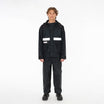



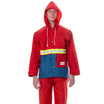


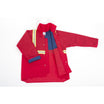

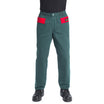



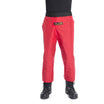



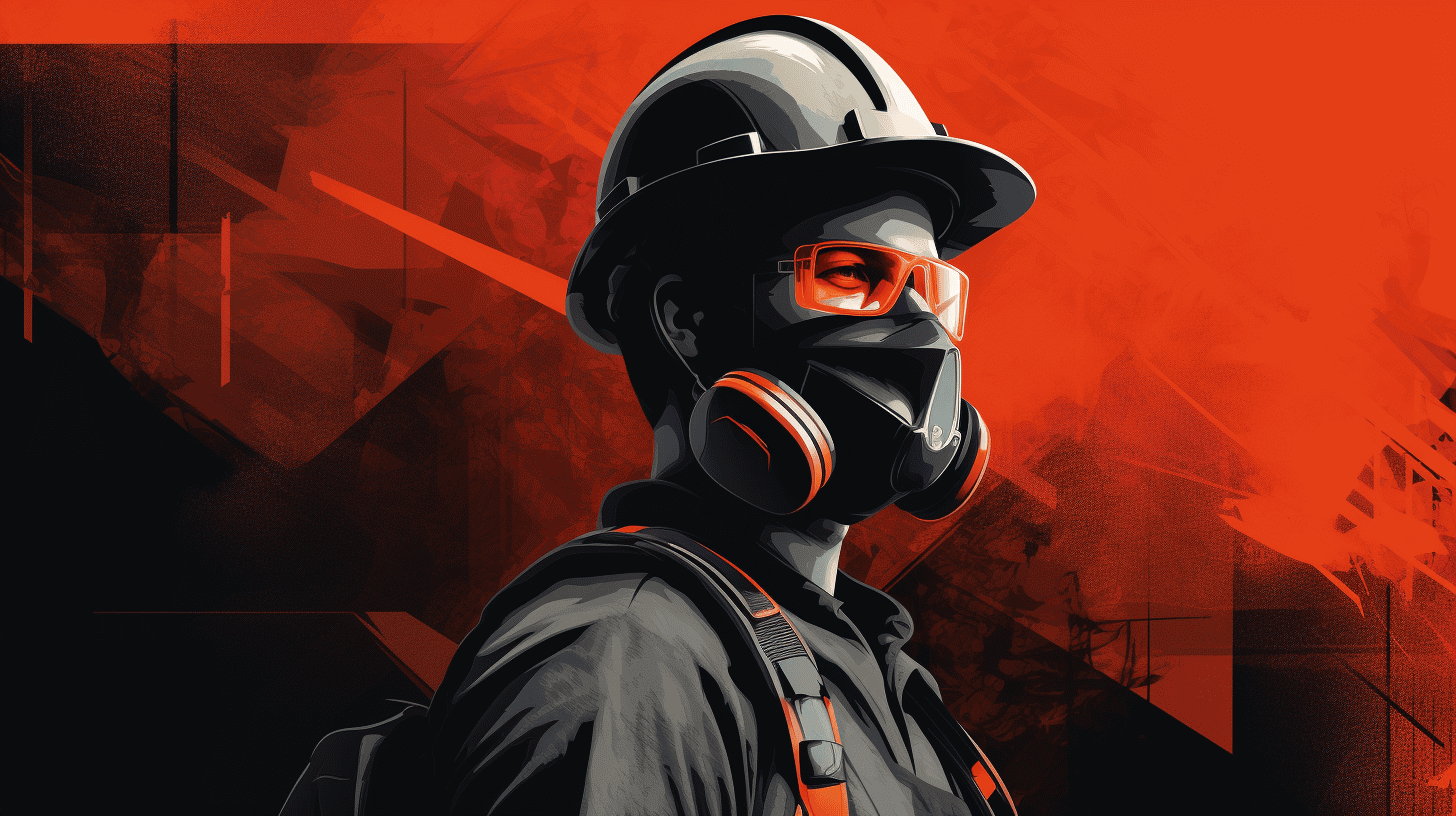


Leave a comment
This site is protected by hCaptcha and the hCaptcha Privacy Policy and Terms of Service apply.